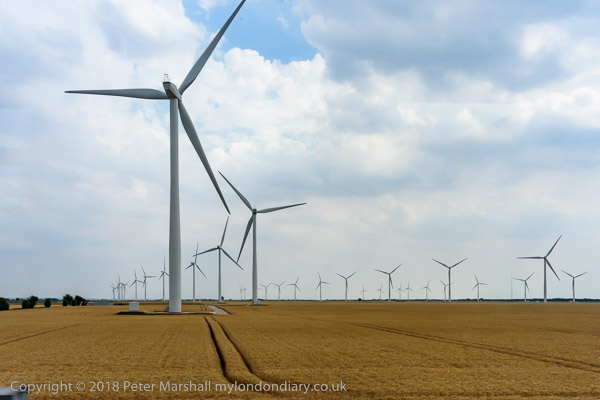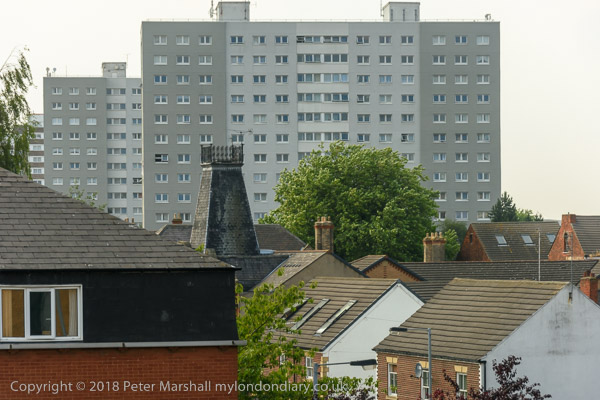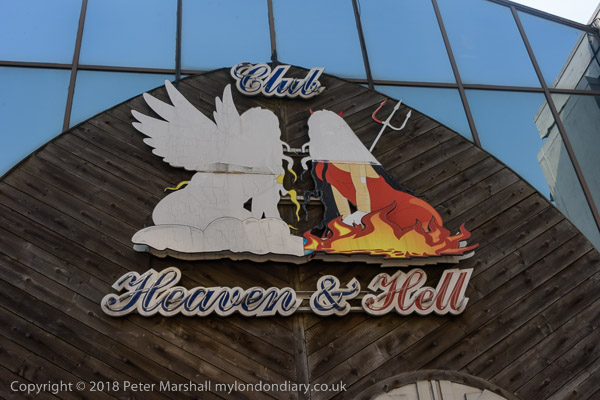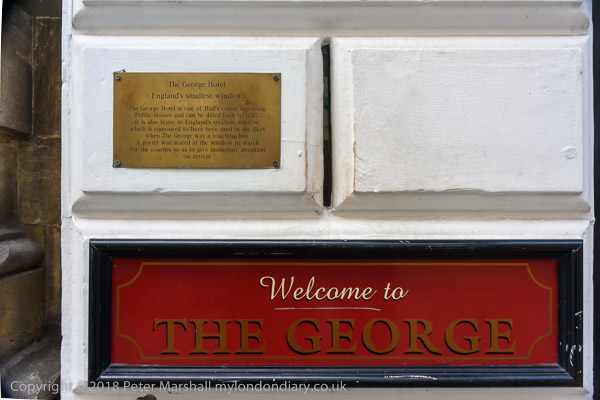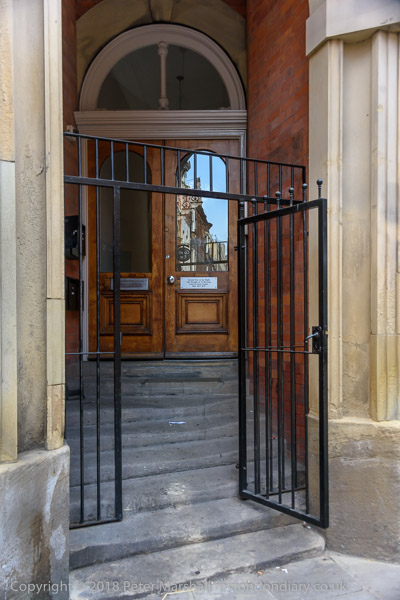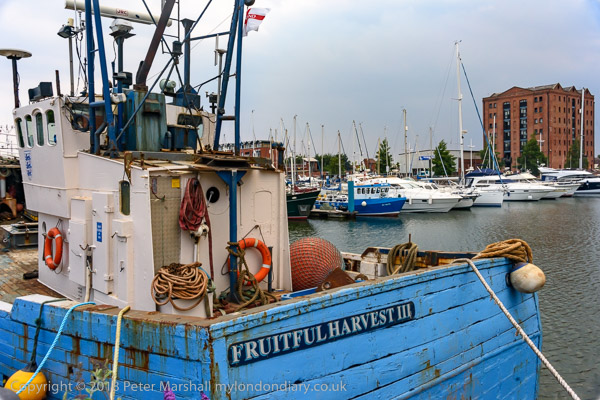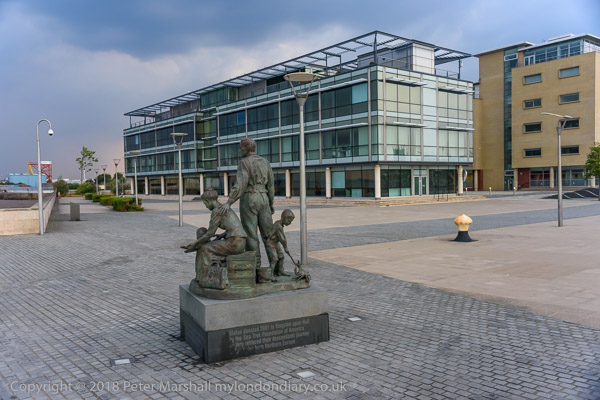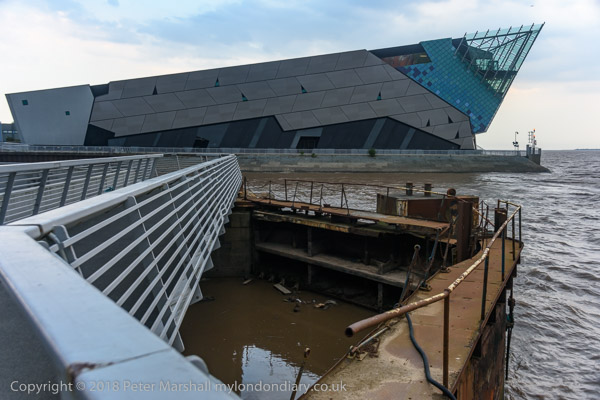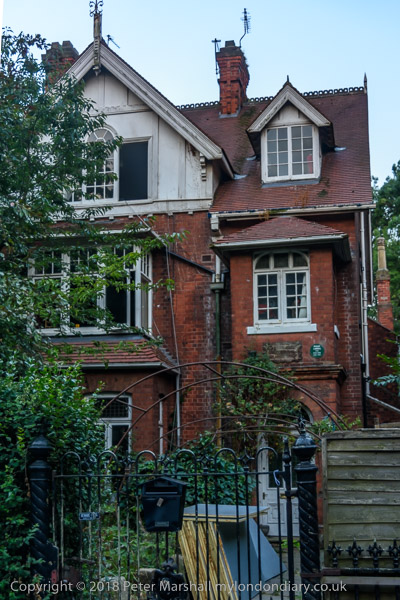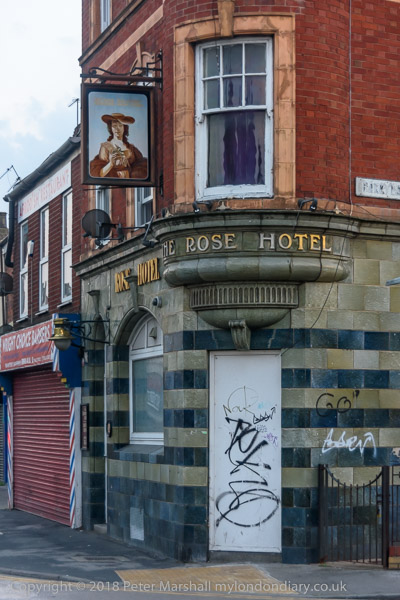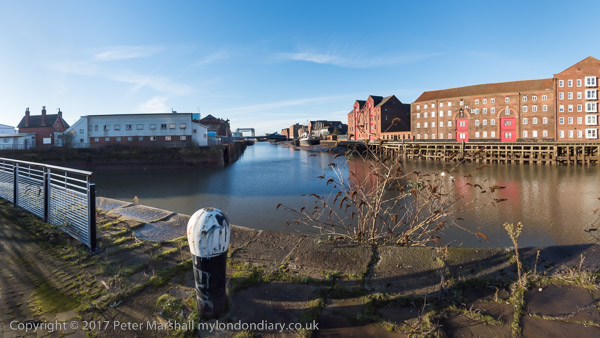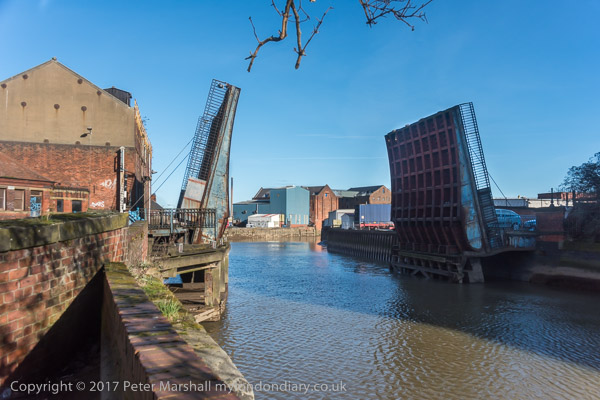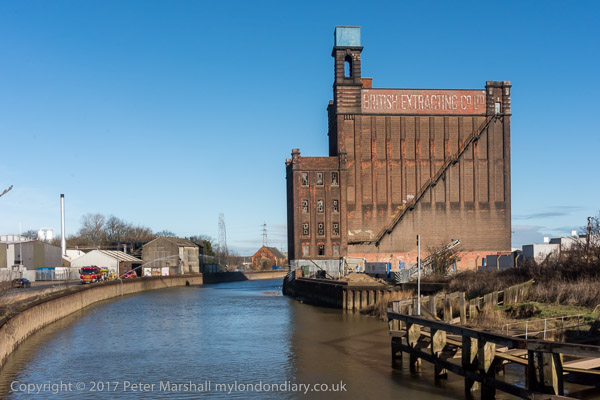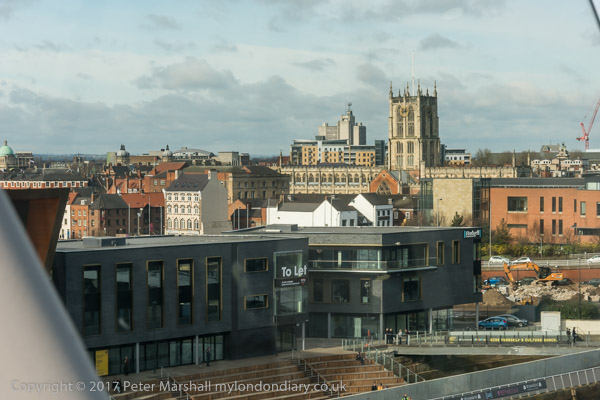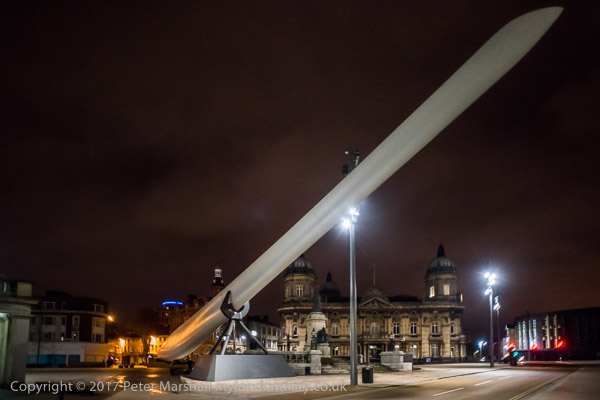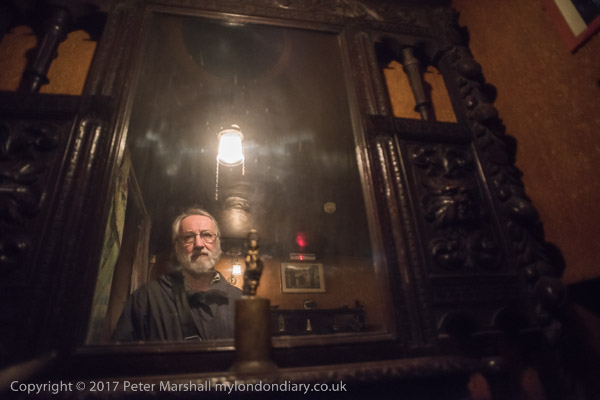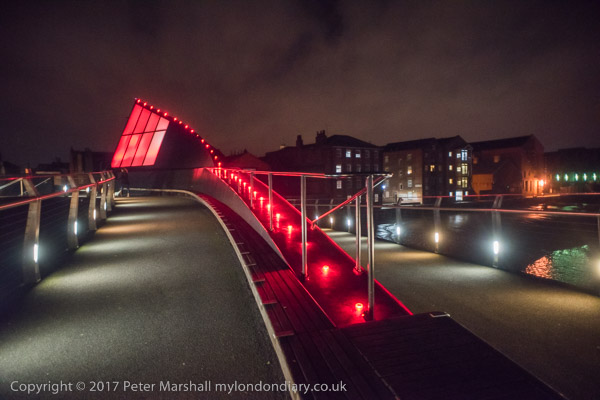Treasure, Fresh Meat, Rose Villa… has some more pictures on Beverley Road, from where I walked into Pearson Park andthrough the Avenues back to my parents-in-law’s home.
Treasure Chest at 220 Beverley Road had closed and was to let, but its frontage contained messages at various levels, including an ‘OPEN’ sign on the door. the shop is still there, one in a row of shops on the east side of the road going north from Temple Street, and in 2022 was occupied by ‘Edward Scissor Barbers’. It had gone through a number of changes since 1989, including ‘£1PLUS’, a Polish Butcher, a Unisex Hair Salon and doubtless more.
I’m not sure what Treasure Chest had offered, though previously it appeared to be possibly a secondhand furniture shop offering to carry out home clearances. The windows were flyposted, with ‘Can Gorbachev reform Russia‘, a meeting at the New White Harte and an SWP ‘Troops out Now‘ protest in London (I think out of Ireland.)
But more mystifying were the two carefully printed ‘SIMPLE MINDS‘ at the top of each window. Were these for the Glasgow rock band?
Another mystery door behind a wire screen protecting the frontage. It advertises ‘FRESH MEAT’ but with pictures of what I thought was a hamster and some kind of tropical fish. On the door an invitation to ‘JOIN OUR CHRISTMAS CLUB’ has been posted on top of another advertising a holiday play scheme at Kingston Community Centre – what I first took to be a pile of bodies is actually a rather sinister clown whose cap offers ‘TONS OF FUN’.
This picture was taken on Sunday 20th August 1989 and the shop was closed, but otherwise I’m sure it was still in use.
Rose Villa, now a nursing home, is on the west side of Beverley Rd on its corner with Pearson Park, facing the Dorchester Hotel. The Beverley Road Heritage Trail leaflet states:
“Rose Villa is now a care home but was originally Claremont Villa, the home of coal and wool merchant William Croft. His business partner Henry Croft lived just across the road at the Dorchester Hotel, which at the time was three houses: Dorchester House, Tamworth Lodge and Stanley House.
The buildings are notable for their fanciful shaped gables and turrets, built by Bellamy and Hardy in 1861-2. Other occupiers here have included ship owners, timber merchants, and popular local grocer William Cussons.”
Beverley Road Heritage Trail
The Dorchester Hotel was at one time owned by one of my wife’s relatives, though I never went there.
This Grade II listed gateway to Pearson Park was made by Young & Wood of Hull and is cast-iron in a Classical Revival style.
Pearson Park was Hull’s first public park, laid out on land given to the Corporation by Zacharia Pearson, Mayor of Hull in 1860. Pearson was sent to school by his uncle after this mother died, and ran away to sea when his was 12, but was sent back to complete his sentence at Hull Grammar. He went back to sea on leaving school and rapidly progressed to becoming a captain and then a ship owner. With his brother-in-law he founded Pearson, Coleman & Co shipping timber from the Baltic and freight and later passengers to America – and later Australia and New Zealand.
Pearson became mayor in 1859 and donated liberally to various charities in Hull as well as giving the land for Pearson Park. But in the 1860s several of his business affairs went disastrously wrong. His worst mistake came with the US Civil War where he tried to keep Hull’s cotton mills in work by sending ten ships to try to break the blocade and all ten and their cargoes were lost. His bankruptcy was for a spectacular £646,000 – something like £63m now allowing for inflation – and he was ostracised from civic life in the Hull.
Despite his spectacular removal from Hull society, Pearson Park retains his name, and Pearson is still among the great philanthropists of Hull. This archway seemed in fairly good condition when I made these two pictures in 1989 , but had long lost both its gates and the maritime themed decorations and urns which had stood on top of the arch and a few large cracks can be seen at the top of the arch.
The archway was returned to its original grandeur by restoration specialists Lost Art in 2019 in an extensive project. It is now also stronger to be more resilient to the extra weight of modern traffic.
I walked through the park and crossed Princes Avenue to walk down Park Avenue. You can see in this picture the poor condition back in 1989 of these grand houses close to the corner with Salisbury Street. I think this was 109 Park Avenue, but there is a virtually identical house in Salisbury St.
This group of eight Grade II listed houses are thought to be the only remaining examples of domestic buildings by George Gilbert Scott Junior, an early exponent of the Queen Anne style.
Some of these houses had already been restored as this view shows. All now look in good condition.
This was the last picture I took on this walk on Sunday 20th August 1989, but I was back in the centre of Hull taking pictures the following day – which I’ll post shortly.
Flickr – Facebook – My London Diary – Hull Photos – Lea Valley – Paris
London’s Industrial Heritage – London Photos
All photographs on this page are copyright © Peter Marshall.
Contact me to buy prints or licence to reproduce.





















